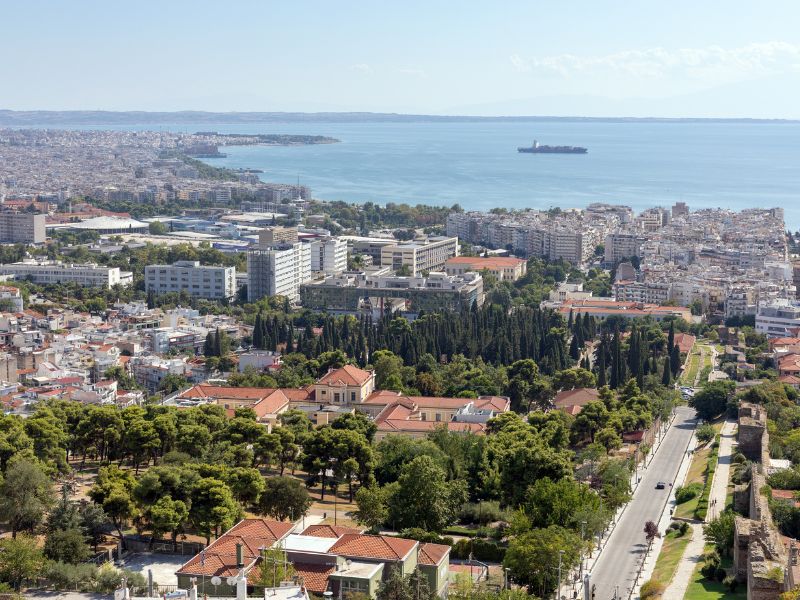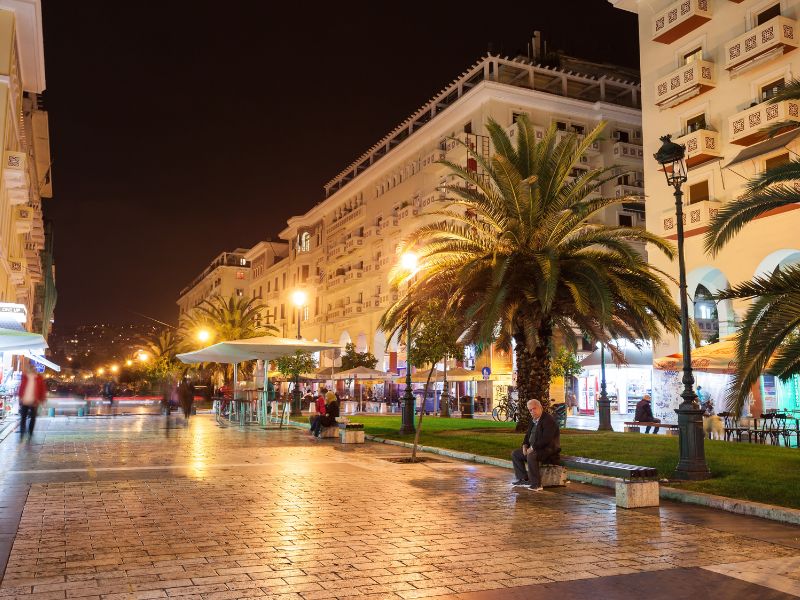
Solun, Thessaloniki – What To See
Table of Contents
Archaeological Museum of Thessaloniki
The Archaeological Museum of Thessaloniki serves as the home to items from four of the most archeologically significant historical periods of Thessaloniki as well as other Macedonian regions.
The collection of the museum includes objects from the Roman, Classical, Archaic, and Hellenistic periods. However, some find it ironic that the structure is constructed in the contemporary Greek style of architecture.
The museum focuses on historical aspects as well as when people of ancient Macedonia used gold to adorn themselves. Since Thessaloniki is prehistoric, you will also find a part of the museum that tries to recreate the image of the Thermaic gulf area that completely predates the entire city.
Aristotelous Square
Although most parts of the Aristotelous Square were already recreated during the 1950s, specifically the movie theater and the Electra Hotel, it was originally designed in 1918 by the French architect Ernest Herbart.
The square was a stark shift away from the unplanned busy and narrow streets that were developed during the centuries of expansion of the Ottoman Empire to a more contemporary scheme spearheaded by Hebrard.

The completion of the square took place shortly after a 1917 fire, marking a dramatic change in the archaeological evolution of the city.
Today, the square serves as the venue for many civic meetings and parties.
Arch of Galerius
Kamara or the Arch of Galerius is no doubt the most recognizable Roman edifice in Solun, Thessaloniki (Greece). It is considered one of the most popular attractions in the area together with the White Tower.
Emperor Galerius was the one who commissioned the construction of the arch as a triumphal monument to celebrate the victory against the Sassanid Periods during 298 AD as well as the downfall of the capital Ctesiphon.
Originally, the Arch of Galerius had four secondary and four primary pillars. Only one of the secondary and two of the primary pillars remain to this day. However, visitors still have the chance to admire the intricately carved battle scenes on the surviving pillars of the archway.




